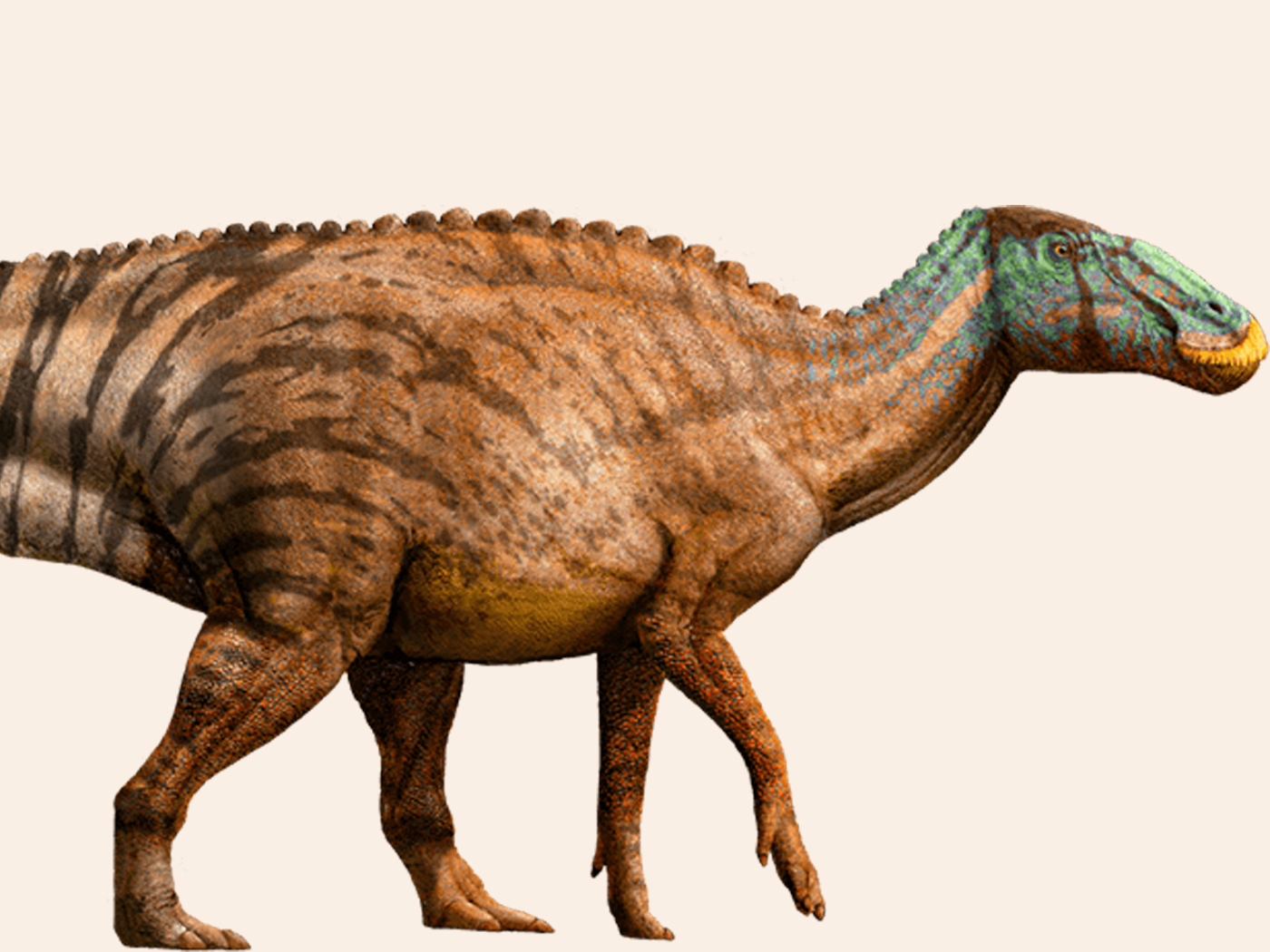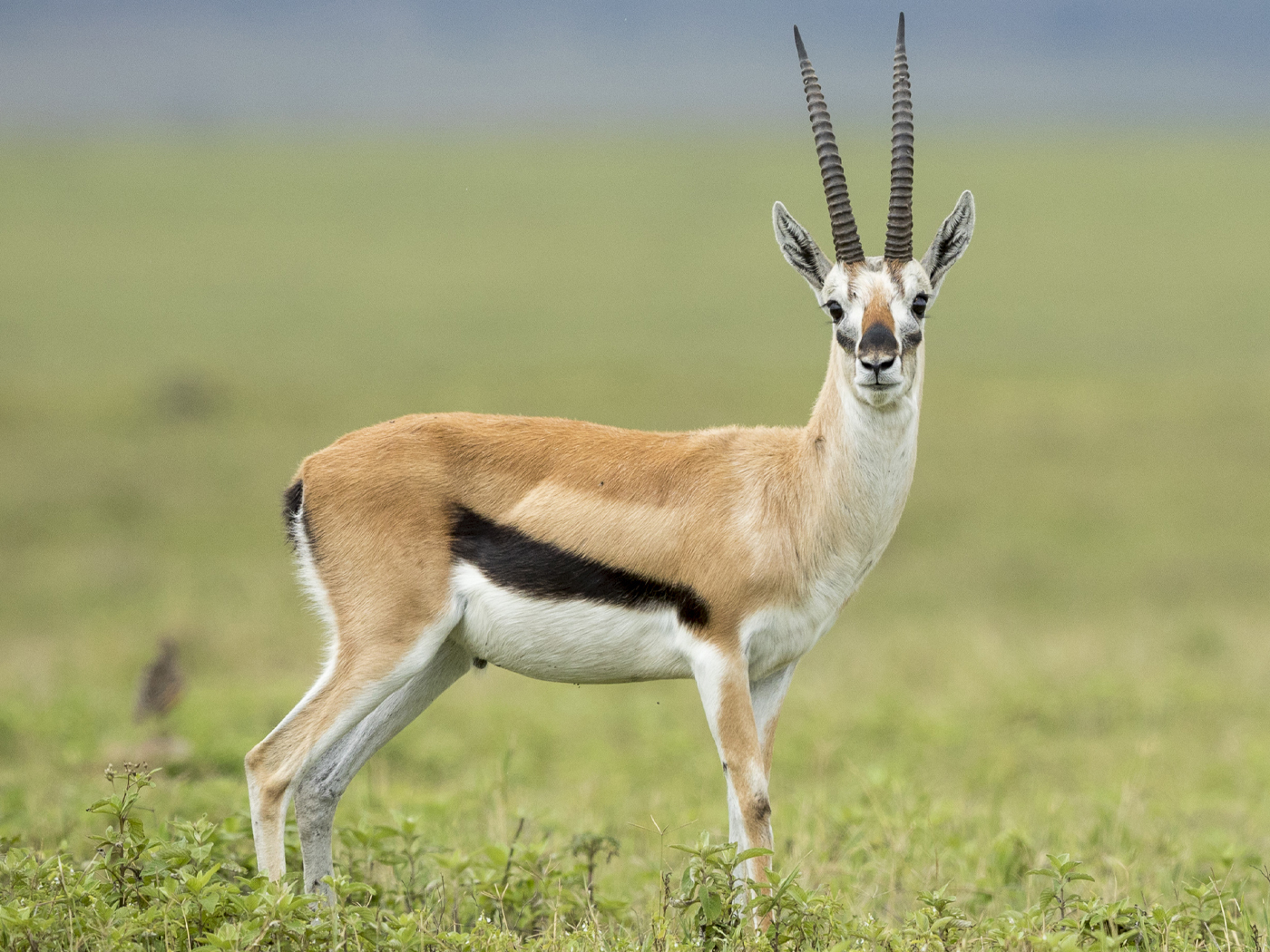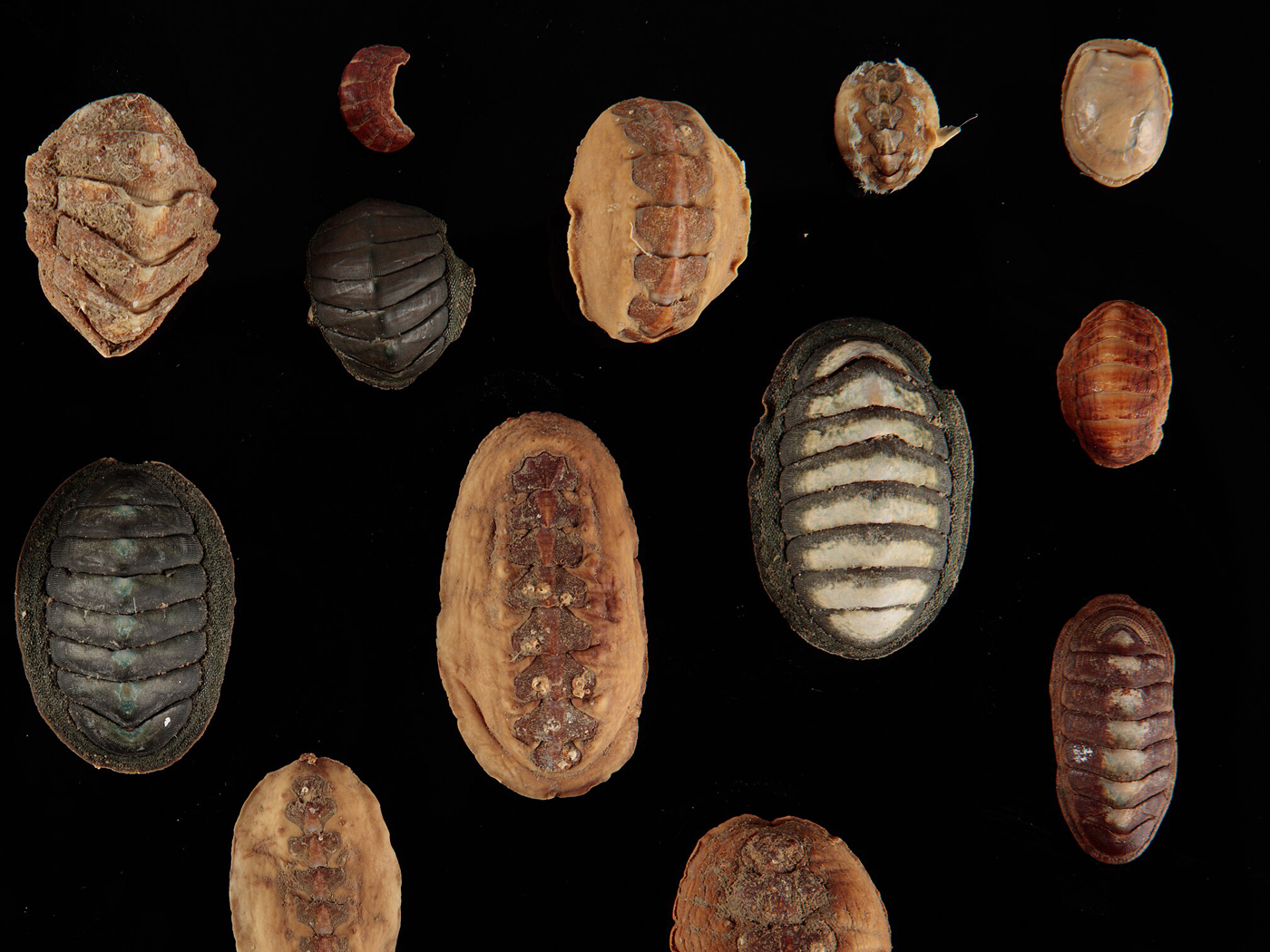What is the best way to shed water? Researchers writing in the journal Nature recently published some amazing water-repelling results that mimic butterfly wings’ tiny scales.1 These insects’ wings resist water with a marvelous efficiency that could inspire better design in everything from textiles to windfarms and even aircraft engines.
Water slides off slick surfaces, so studies on water-repellency have typically involved plant leaves like the lotus.
In this newer study, a group of MIT engineers coated silicon surfaces with tiny ridges that look like the scales on butterfly wings, and this made water drops bounce off 40 percent faster than the previous lotus-based technology.1 The group experimented with surfaces they created, as well as with Morpho butterfly wings and plant leaves.
Senior author of the study Kripa Varanasi told BBC News, “For years industry has been copying the lotus. They should start thinking about copying butterflies and nasturtiums.”2 Nasturtium is the scientific name for watercress plants.
The team captured video images of water drops colliding with their engineered, ridged material then splitting in half, beading, and falling away. After results like these, is there any room for improvement? “Our studies used single ridges. But in butterfly wings you have ridges that are intersecting - they break droplets into four,” Varanasi said.2 A video clip accompanying the Nature article abstract illustrates portions of this concept.3
Previous studies on water-shedding technology focused on mimicking the waxy coating found on lotus leaves. Ironically, simply making a surface slick—the intuitive approach—did not do the trick. Tiny bumps spaced at the same intervals as butterfly-wing ridges repelled water far better by reducing the time water spent on that surface.
Those ridges possess just the right sizes and shapes to fragment water drops into smaller beads that quickly disperse. And the faster the water runs off, the drier an object remains. These “super-hydrophobic” surfaces could revolutionize things like rain jackets and aircraft wings, if only they could be durably designed and efficiently produced.2
The more closely these engineers copy God-designed features like butterfly wings, the more perfect their engineering solutions become.
References
- Bird, J. C. et al. 2013. Reducing the contact time of a bouncing drop. Nature. 503 (7476): 385-388.
- Morgan, J. New waterproof surface is ‘driest ever.’ BBC News. Posted on bbc.co.uk November 20, 2013, accessed November 21, 2013.
- Stay dry with a bounce. NatureVideo online video. Posted on nature.com, accessed November 21, 2013.
* Mr. Thomas is Science Writer at the Institute for Creation Research.
Article posted on December 13, 2013.













